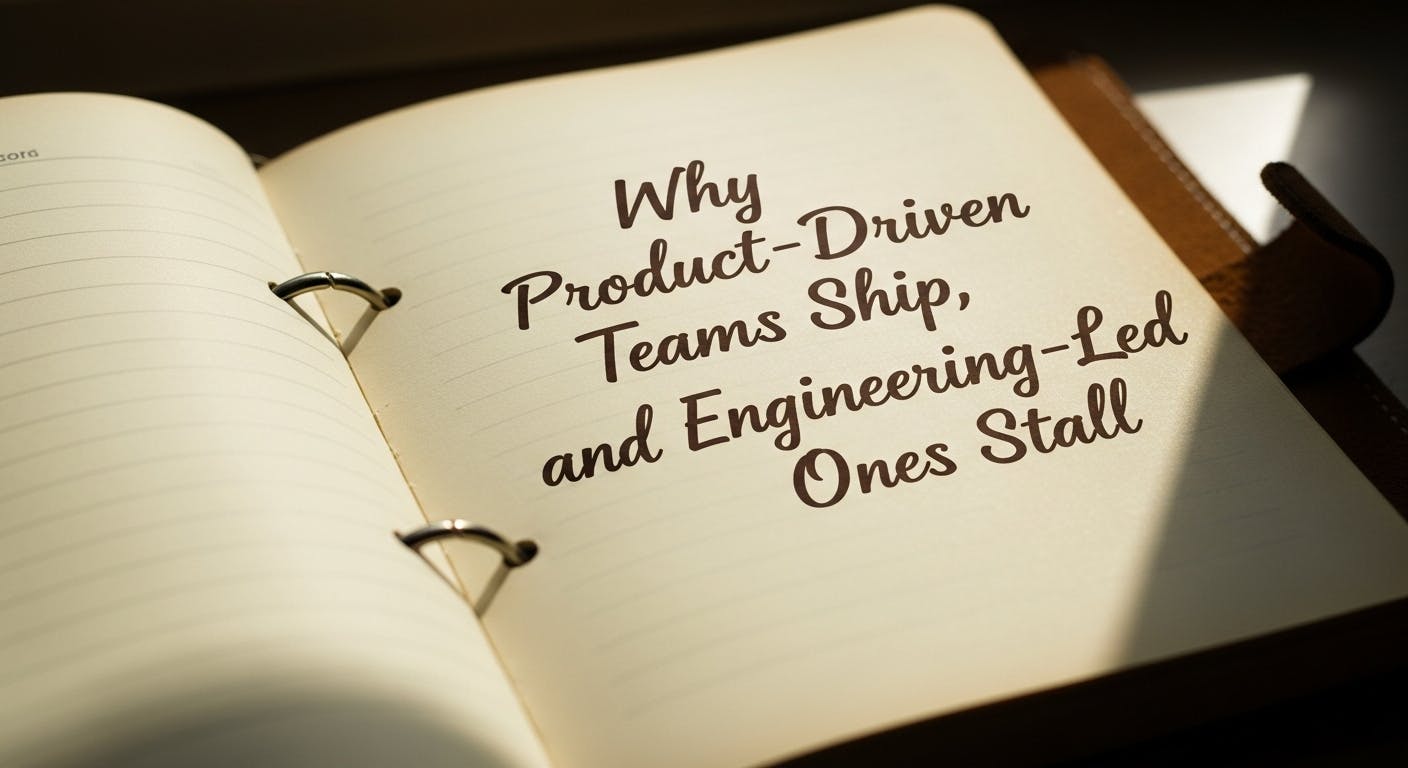Hackernoon
1M
407

Image Credit: Hackernoon
Why Product-Driven Teams Ship, and Engineering-Led Ones Stall
- Product-driven teams prioritize delivering value to customers and aligning technical decisions with business objectives, while engineering-led teams may focus more on building complex solutions without clear commercial relevance.
- A product-led approach emphasizes creating MVPs to deliver value quickly and iteratively improve based on customer feedback, whereas an engineering-led approach may prioritize comprehensive systems over rapid deployment.
- Factors like market dynamics, customer needs, resource availability, and team composition play key roles in determining whether a product-led or engineering-led approach is more suitable for a company.
- Transitioning to a product-led approach requires empowering product managers, embracing the MVP philosophy, fostering cross-functional collaboration, and investing in strong product management.
- Engineering-led building is essential in scenarios involving deep tech, R&D, platform infrastructure, rapid prototyping, and meeting regulatory requirements, but should not overshadow market relevance and customer value.
- The key is to find a balance between technical excellence and market relevance, recognizing the importance of product leadership in guiding successful product development.
- Ultimately, a hybrid approach that combines the strengths of both product-led and engineering-led methodologies is often the most effective in driving innovation and sustainable growth.
Read Full Article
24 Likes
For uninterrupted reading, download the app